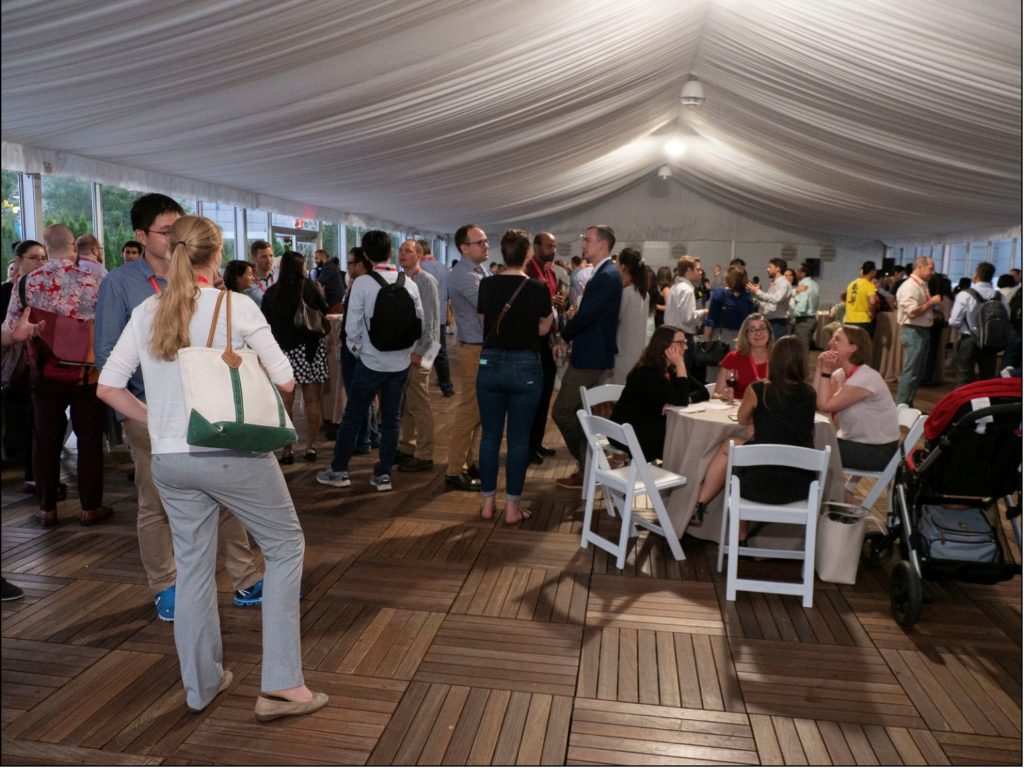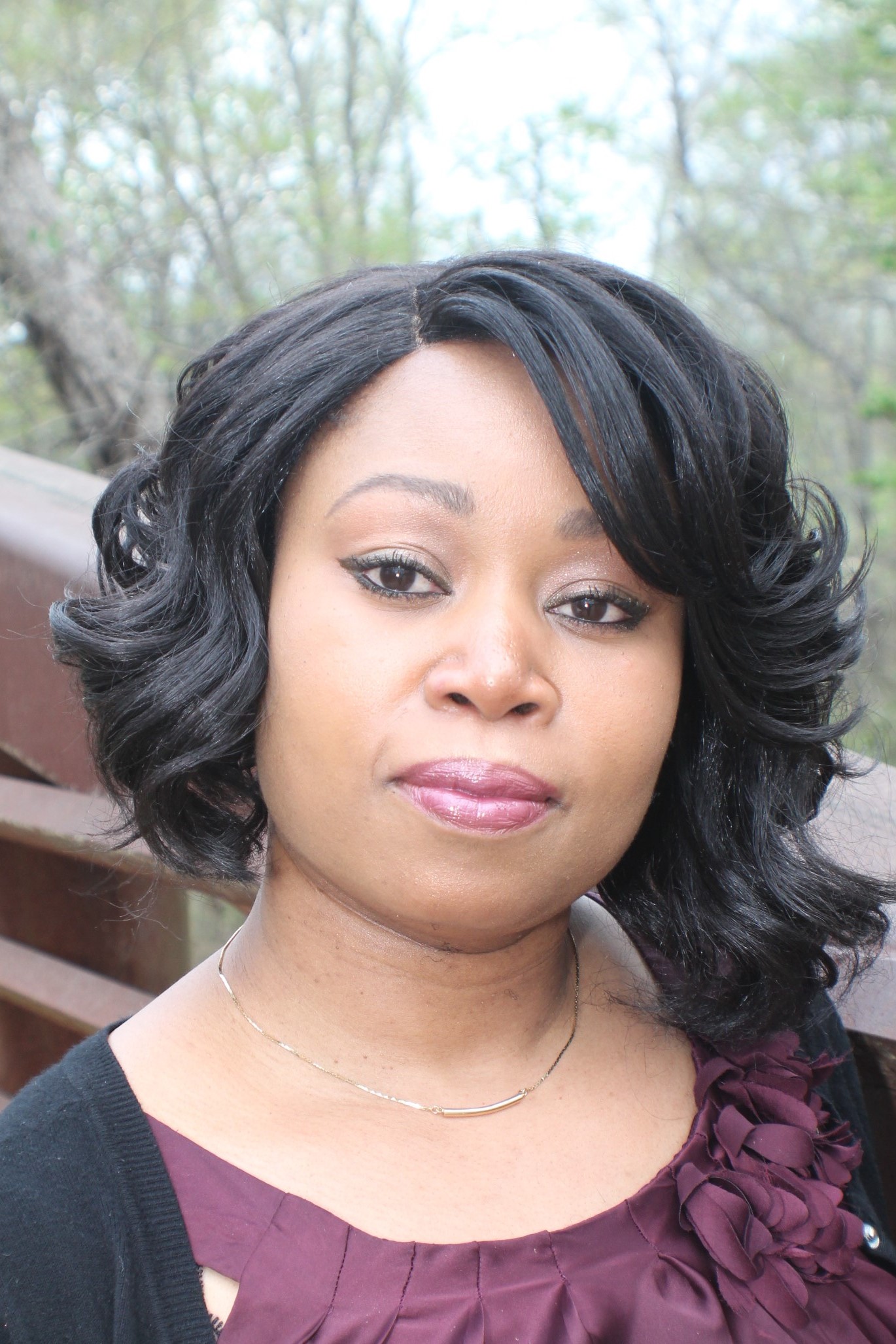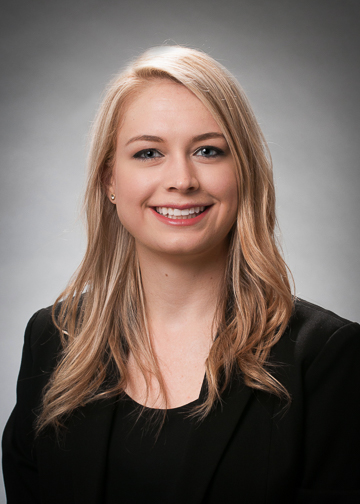Reflections and Projections: An Interview Post a Virtual Conference
As many of us know and have experienced by now, the 2020 global pandemic has forced most conferences to cancel, postpone, or alter their planned in-person settings. For meetings that opted to switch these important gatherings to a brand new all-virtual format, many challenges were faced, but also new opportunities to re-invent the conference experience have sprouted. In my personal perspective, I continued to see rapid evolution and advancement of the virtual format setting of such meetings, from the early days of the pandemic in the spring to the most recent conference I participated in, which just happens to be the biggest meeting in the cardiovascular field, the American Heart Association Scientific Sessions. Earlier, I wrote a couple of blogs describing my experience at #AHA20 (you can read them here: “The Year #Virtual became #Reality”, and “Lurking: The Art of Passive Learning in Meetings”)
Today though, instead of my thoughts, I wanted to interview someone that has even more insight and know-how with AHA meetings, and therefore can really speak to the differences (and opportunities) that make this year a unique conference experience. My guest for this post-conference interview is Dr. Sean Wu, MD. PhD., a physician-scientist at the Stanford Cardiovascular Institute, and the Institute for Stem Cell Biology and Regenerative Medicine at Stanford University School of Medicine. He is also the current Chair of the Basic Cardiovascular Sciences (BCVS) Early Career Committee, and a long time active member of the AHA and BCVS council. Sean and I work together within the BCVS community, and we’re both big fans of using social media to communicate science, and promote networking (you can follow Sean on Twitter here, and the BCVS Early Career Committee here).
This transcript is a lightly edited version of the interview we conducted on webcam, shortly after the end of #AHA20.

Mo: Let’s start with a big-picture view of the meeting. Could you tell us how the overall experience was like in your viewpoint, given that this year’s #AHA20 was a virtual conference?
Sean: The AHA meeting has given us a taste for what’s to come in the future. Clearly many have seen positives from this format: easy tracking and joining of sessions; rewatch or catch-up of missed sessions; ease of asking questions using chat boxes instead of physically asking questions on the mic in a room. However, certainly, there is a reduction in the networking potential, but continued innovation and offering of social networking sessions, such as BCVS Early Career Social at #AHA20, can replace some of those missed opportunities.
Mo: Share with us one of the sessions that most interest you at #AHA20, and tell us a little bit about why it was a highlight for you?
Sean: There were so many great sessions, it is hard to pick just one of course. Certainly, a session that garnered attention and featured a lot of the up-and-coming areas of science was called “Cardio-Oncology, Meet Your New Neighbour: Immunology”. This session was a highlight for many reasons, such as the ability to combine multiple disciplines such as cancer disease and therapy, cardiovascular disease and research, as well as the fundamental mechanisms of immunology that tie these diseases and require novel research approaches and future therapy options.
Mo: Considering the format change in 2020, conference planning and attending has gone through a lot of innovative changes. What role do you see social media playing in complementing the experiences of a virtual setting meeting?
Sean: Definitely social media has changed multiple aspects within our scientific community. On social media, the democratic stage allows voices from all levels of the community to interact and discuss openly just published research being shared online. Discussions spark and propel future research avenues. When it comes to the virtual format of conferences presently, social media chats, specific hashtags, and the resulting impressions and other metrics have increased significantly compared to previous years, continuing the upward slope of gain that social media involvement has in the scientific communities that populate it.
Mo: Some of the advantages of virtual meetings include ease of access, lower financial commitments, and increased diversity of participants. Would you say these advantages are enough for you to recommend this experience to trainees and early career professionals?
Sean: At the present moment, and in a future where virtual conferences are the only options, the recommendation is for sure to join in and participate, because the knowledge gained and evolving networking avenues are still very relevant and important to have, This is especially vital at the trainee and early career level in science, which typically has limited potential for interaction outside the requirements of pushing research forward. Additionally the ability to have more global participation in meetings that can bring scientists that otherwise would have been too geographically far, and/or face financial difficulty to make it to the meeting, for them to be part of the gathering is a definite advantage of virtual meeting formats.
Mo: In your viewpoint, what are some of the high-value components to add when a conference planning committee is set to organize a future science meeting?
Sean: One of the most important aspects of science meetings is promoting networking opportunities, especially for the early-career scientists attending those meetings. These types of networking sessions can be designed as mixers/socials, or more structured mentoring/advice panel discussions. These sessions are extremely valuable components of a scientific meeting. Another type of session that would be very beneficial to have is something designed to illustrate or highlight “New Frontiers” or new advances in the field. This is one of the most anticipated aspects of a meeting, where scientists get exposed to novel tools, new scientific approaches, and integration of the latest technology into one’s area of research.
I’d like to thank Dr. Sean Wu for sharing his memories (reflections) and future thoughts (projections), stemming from the recent conclusion of #AHA20. In science and medicine, as is with so many other fields, we continue to adapt to the changing landscape of our professional careers. Virtual meetings were new to us in 2020, but with continued innovation and trial, we will integrate this novel approach and utilize it to continue advancing our fields.
“The views, opinions and positions expressed within this blog are those of the author(s) alone and do not represent those of the American Heart Association. The accuracy, completeness and validity of any statements made within this article are not guaranteed. We accept no liability for any errors, omissions or representations. The copyright of this content belongs to the author and any liability with regards to infringement of intellectual property rights remains with them. The Early Career Voice blog is not intended to provide medical advice or treatment. Only your healthcare provider can provide that. The American Heart Association recommends that you consult your healthcare provider regarding your personal health matters. If you think you are having a heart attack, stroke or another emergency, please call 911 immediately.”



